Sandhill Farm House, Petersfield: An educational masterpiece from the founder of the English Gardening School
As one might expect, Rosemary Alexander’s garden is packed with the lessons learned from a lifetime in horticulture, says Tilly Ware. Photographs by Mimi Connolly.

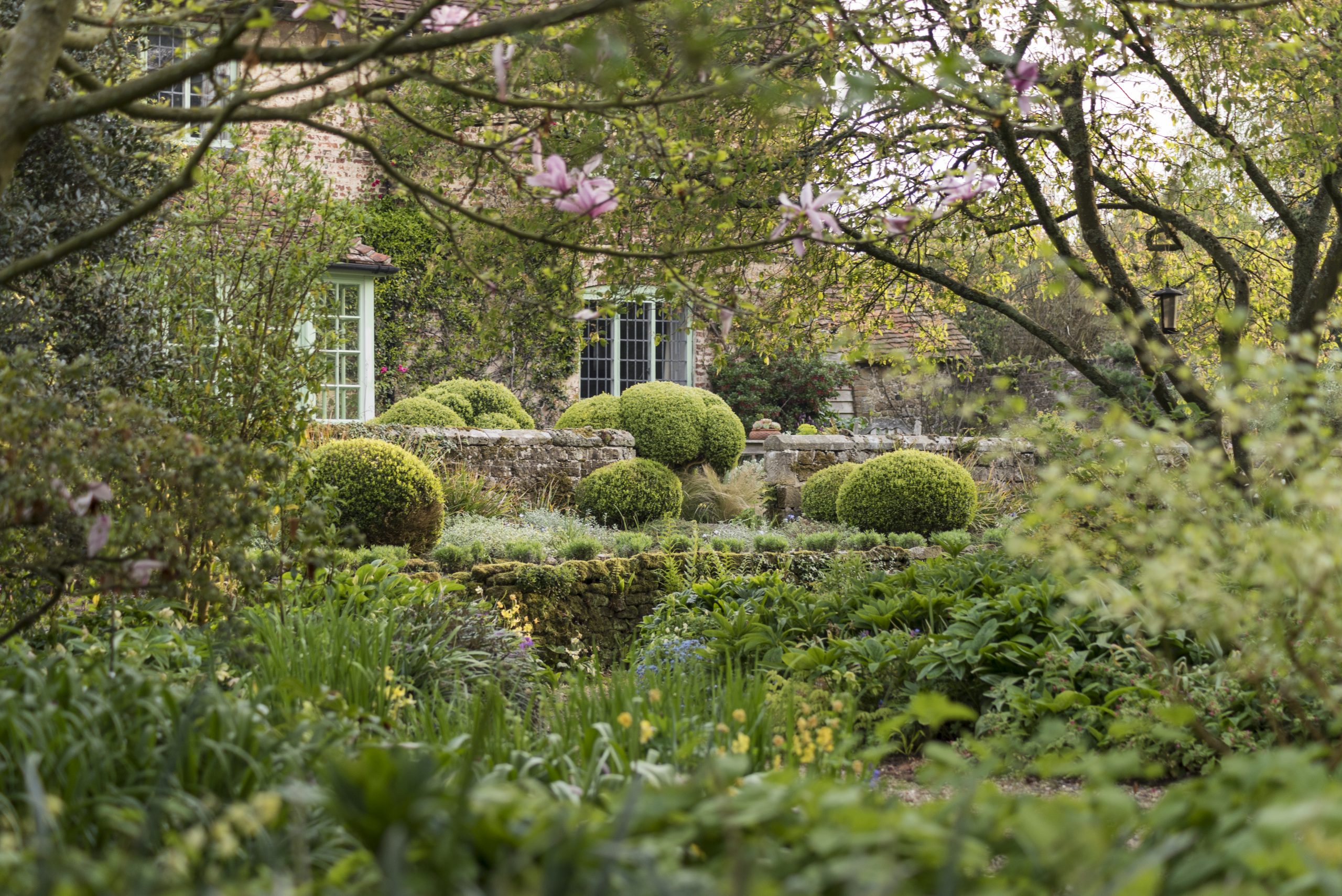
Certain gardens provoke frantic scribbling on the list of Things to Copy. Sandhill Farm, the Sussex home of Rosemary Alexander, has this effect in spades. ‘Line of Polysti-chum polyblepharum with Narcissus Tête-à-tête: PLANT’ shouts a line in my notebook. ‘Sarcococca hookeriana, NOT confusa’ commands another, followed by sketches with, triple-underlined, ‘DO THIS’ alongside.
Mrs Alexander is the principal and founder of the English Gardening School (EGS), ‘the best school in the world for amateurs’, as she describes it, ‘and what I wish I’d had when I started’. She grew up in Scotland, married at 18 and was in charge of 20 acres near Dunblane by the age of 21. Her landscaper thoughtfully agreed not only to redesign the garden, but also to explain the process along the way –‘it was a complete education, added to by visiting anywhere with labels’.
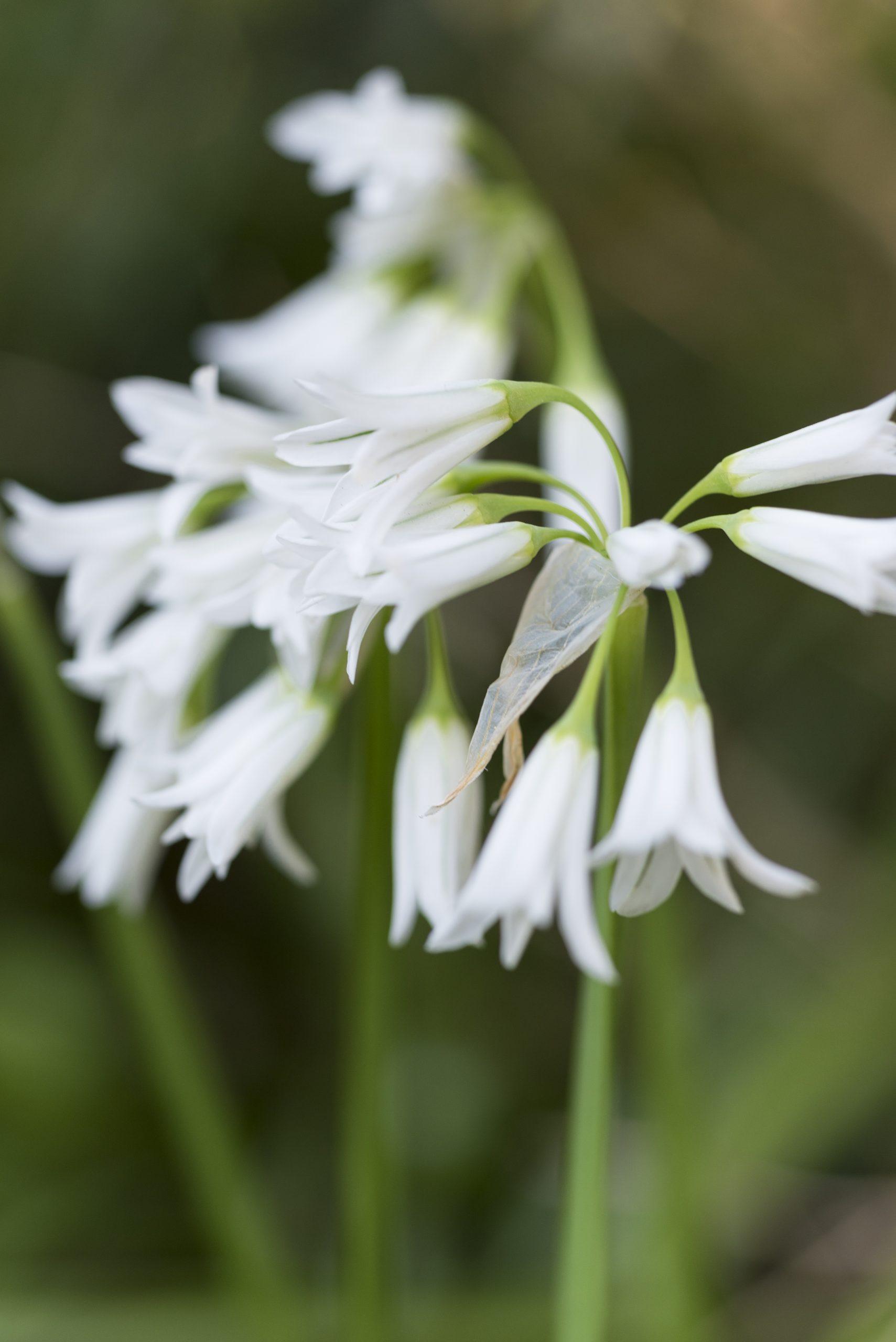
She worked as a landscape architect in Glasgow before an Inchbald design course introduced her to tutors John Brookes and Anthony du Gard Pasley. Both became lifelong influences: du Gard Pasley was the first to support her idea for a school that combined design principles with practical skill and plant knowledge. ‘All there was at the time,’ says Mrs Alexander, who was awarded the prestigious Veitch Memorial Medal in 2011, ‘was basic gardening advice or the academic rigours of Kew or Wisley.’
The internationally renowned EGS is now 37 years old, with alumni that include Rachel de Thame, Jo Thompson and Cleve West. Courses are practical, hands-on, meticulously organised and executed with an outstanding level of horticultural expertise. That is Mrs Alexander’s style.
Sandhill is compact, far smaller than her previous home, Stoneacre, a 10-acre National Trust garden she nurtured for more than a decade. The brick-and-flint farmhouse sits in one acre, neatly bisecting it into a front and a back garden of half an acre each. Mrs Alexander worked out the design to a grid that stems from the house and breaks the area into sections: ‘I knew immediately I could turn it into eight interesting spaces.’ You enter through a tall beech hedge. A wide gravel axis path – ‘the motorway’– runs the full length of the garden, with a sunny terrace on the house side and shady woodland set slightly lower on the other, bordering a country lane.
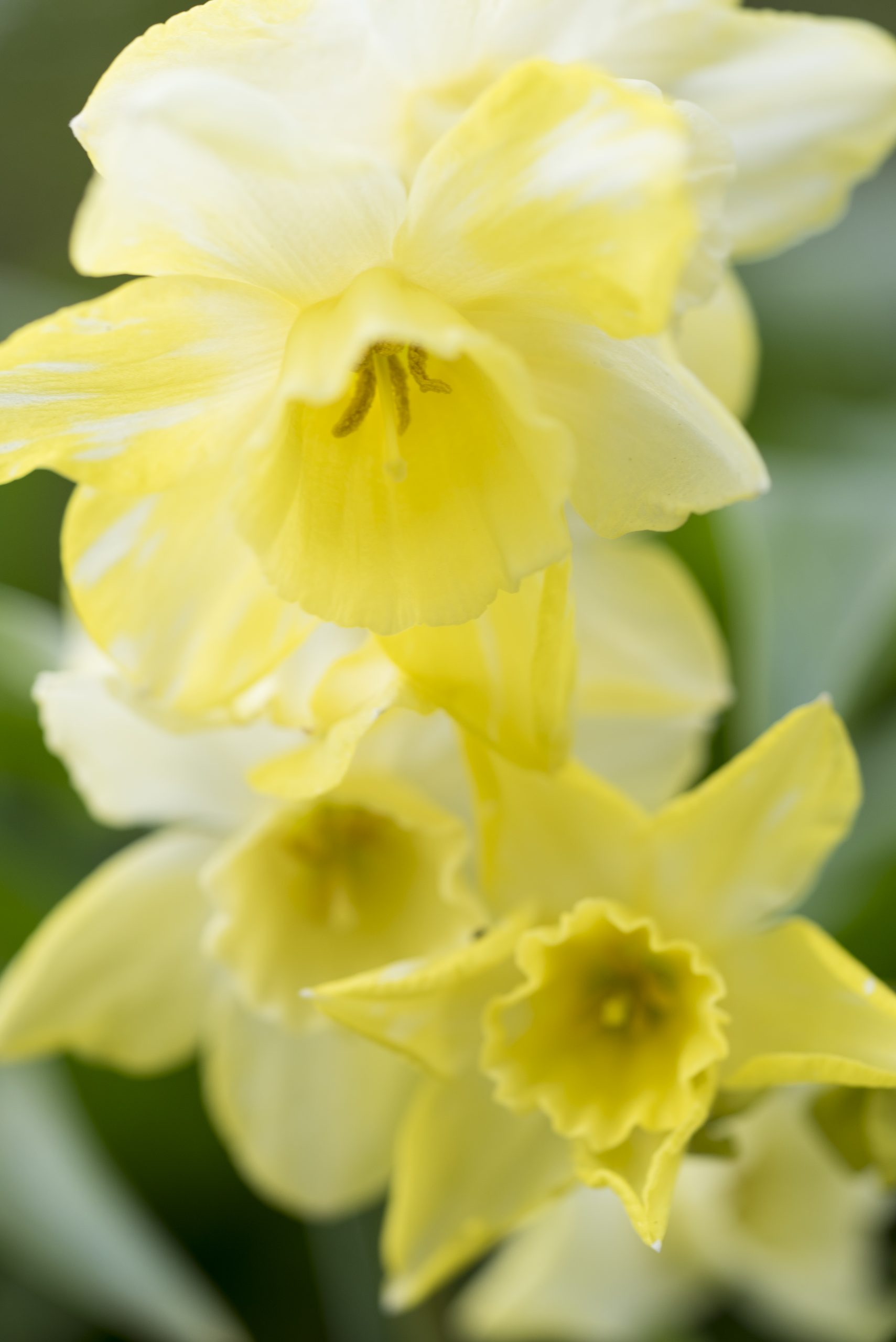
The landscaping is flawless, employing shallow step risers, generous paths and level changes in local stone. There is not one inch of wasted space; each area works like a Trojan to maximum effect. A green-and-white border greets friends arriving for supper. Cloud-pruned box, Irish yew columns and pleached Elaeagnus give structure, softened with Lamprocapnos spectabalis Alba, Tulipa Spring Green and Maureen, Galanthus S. Arnott, silver-edged hostas and white narcissi. They are followed by Cosmos Purity, Rosa Cooper’s Burmese, Nicotiana sylvestris, white agapanthus and Anenome Honorine Jobert. It is successional planting in a nutshell.
A narrow path snakes southward into the woodland garden where my Things to Copy scribbles come thick and fast. Mrs Alexander removed the original lawn and conifers, but kept an existing path system, raising the beds by three feet using peat blocks, topsoil and mulch to exaggerate the sense of space.
Exquisite houses, the beauty of Nature, and how to get the most from your life, straight to your inbox.
With the sandy, thin soil improved, trees and shrubs went in first: Corylopsis glabrescens, Magnolia Galaxy, Daphne bholua Jacqueline Postill and handsome Malus transitoria.
'Unusual plants are dotted throughout the borders, including snowdrops and gifts from Great Dixter in East Sussex'
Underneath is a riot of woodlanders, hellebores, Arum italicum subsp. italicum Marmoratum, Bergenia Eric Smith, Brunnera Jack Frost, Hosta Halycon and Sum and Substance, pulmonarias including Blue Ensign and Bowles Red, plus a burgeoning collection of ferns with which Mrs Alexander is besotted. Matteuccia struthiopteris weaves between Nectaroscordum siculum and Lilium martagon; Polystichum setiferum Pulcherrimum Bevis has primeval proportions.
It all has a fresh spontaneity that appears effortless – the stumpery is so natural that ‘no one notices it’– but is founded on careful underlying order. Every tree is placed in a strategic sightline, every path edged by Asarum europaeam, Saxifraga x urbium London Pride or Liriope muscari. A beautifully shaped Ilex aquifolium Hascombensis – moved from Stoneacre – gives balance to Rosa Paul’s Himalayan Musk, drifting over the stump of an old Prunus Kanzan.
Unusual plants are dotted throughout the borders, including snowdrops and gifts from Great Dixter in East Sussex, home of the late Christopher Lloyd, where Mrs Alexander is a trustee. The woodland glides into a large leaf border, a cluster of Ginkgo biloba, Rheum Red Herald and Magnolia grandiflora Goliath.
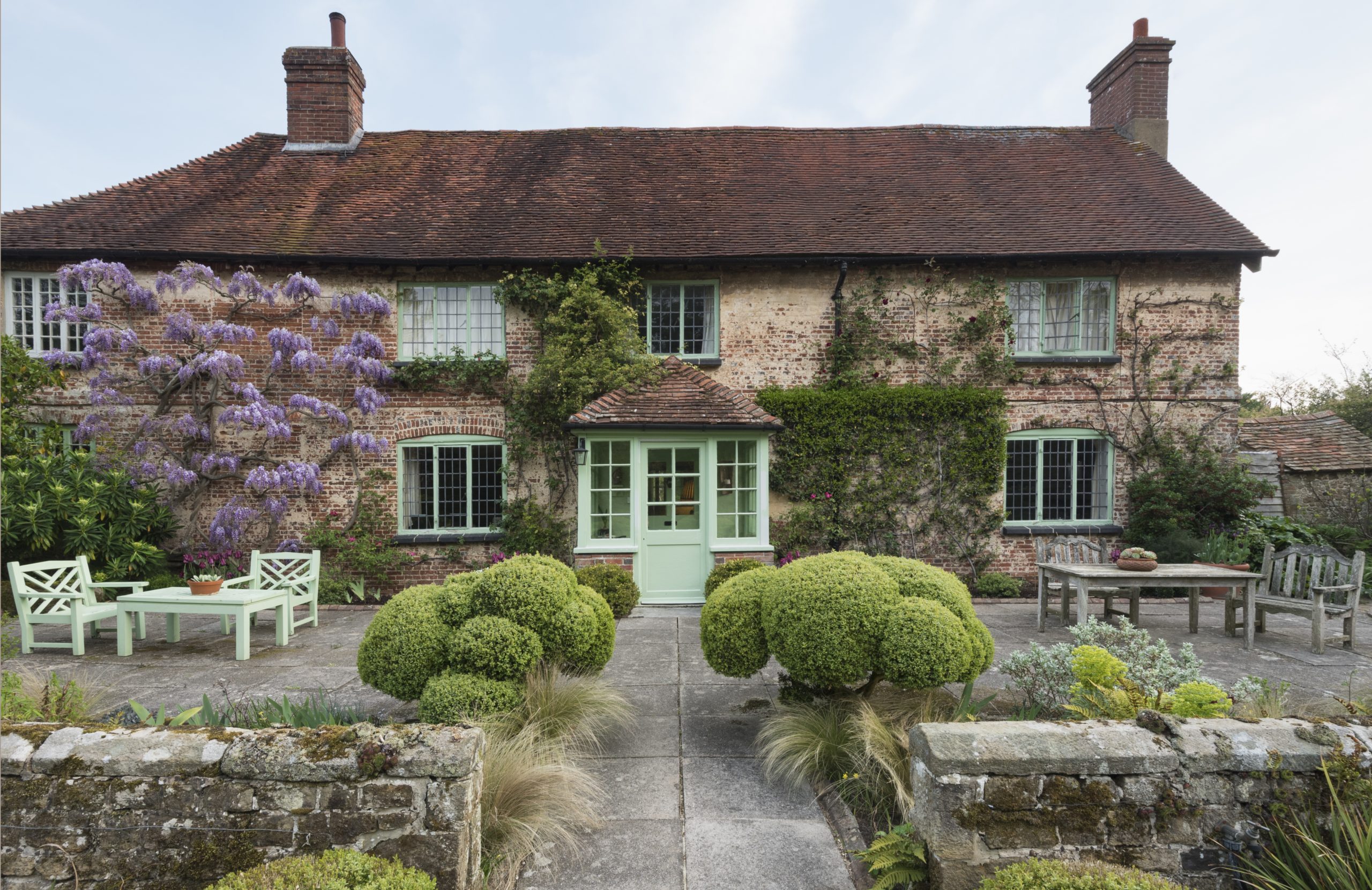
On the terrace, the atmosphere switches to Mediterranean. Sandhill sits in a sheltered lee and rarely gets very cold. Two gargantuan Euphorbia x pasteurii John Phillips flank Choisya ternata White Dazzler; around the front porch flow salvias, roses and Tulipa Merlot under a clipped square of Trachelo-spermum jasminoides. There is exquisite pruning, both on the box beside the steps – ‘poodle tails, Christo called them’– and on the Japanese wisteria. Shoots are trained to jut out horizontally from the wall.
The north-facing rear garden has a view of soft arable fields and the South Downs. It is a domestic space, housing an orderly kitchen garden, a dining terrace, a lawn and two distinct borders. One is almost entirely grasses, recommended by Dan Hinkley, with camassia in between; the other, a bold summer punch of fiery reds and dark foliage, such as Sambucus Black Beauty, Heuchera Plum Pudding, Physocarpus Diablo and the castor-oil plant Ricinus communis.
'Lines go on paper, but planting plans are in my head'
Sandhill feels supremely well planned, with a defined home for each plant type. Mrs Alexander, however, does not rest: ‘I’ve been here 18 years; I want to continue to make it a different place.’ The beds against the house recently acquired two tons of fresh soil and roses chosen by Michael Marriott and the terrace borders are under development.
‘I experimented with a gravel garden,’ says Mrs Alexander, ‘but it didn’t work.’ Box blight is a perpetual presence and she trials alternatives: Pittosporum Golf Ball (‘fast growing, needs three cuts a year’) and Elaeagnus Green Hedger. Does she draw planting plans when she sets out? ‘Lines go on paper, but planting plans are in my head. I still clock a design first and then how well the planting sets off that design.’
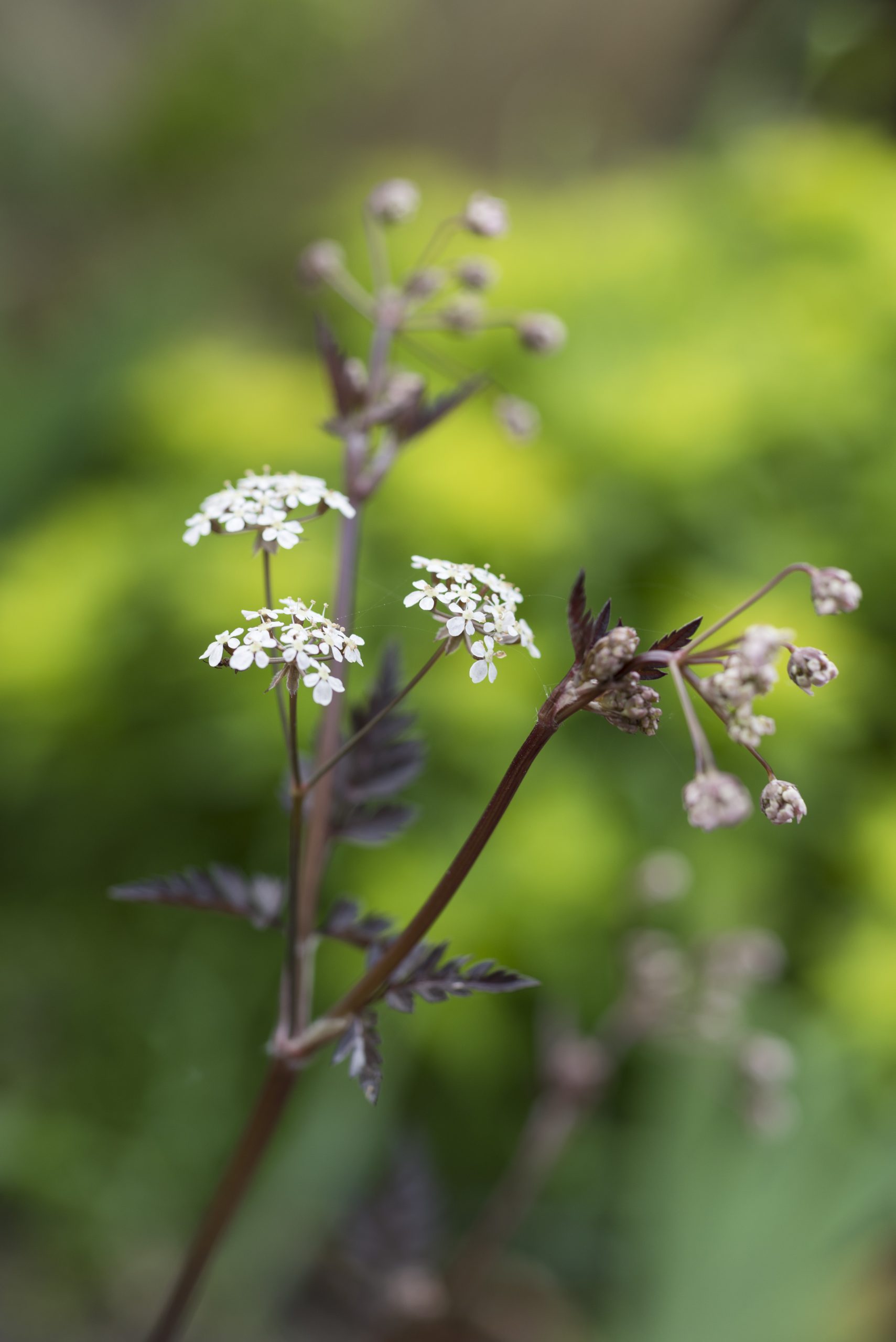
This architectural vision combined with skilled plantsmanship has created a garden full of purpose. Everything its owner writes about – the importance of scale and intimacy, the rhythm and navigation through a space, the decorative structure of key plants – is accomplished at Sandhill. Students, past and present, descend on the garden for instruction on plant choice and design tricks. They learn vital techniques, but the chief lesson is Mrs Alexander’s unstoppable energy, generosity and never-ending desire for knowledge.
Although you cannot currently visit Sandhill Farm House, Petersfield, West Sussex, visit www.rosemaryalexander.co.uk or www.englishgardeningschool.co.uk to find out more information.
Great Dixter, Sussex: The Residence of Mr. Nathaniel Lloyd by Lawrence Weaver
From the Country Life Archive: Lawrence Weaver reports on Great Dixter, Sussex. Originally published in Country Life, January 4, 1913.

Ten stately homes which became hospitals during the First World War
To mark 100 years since the end of the First World War, The Royal British Legion draws our attention back
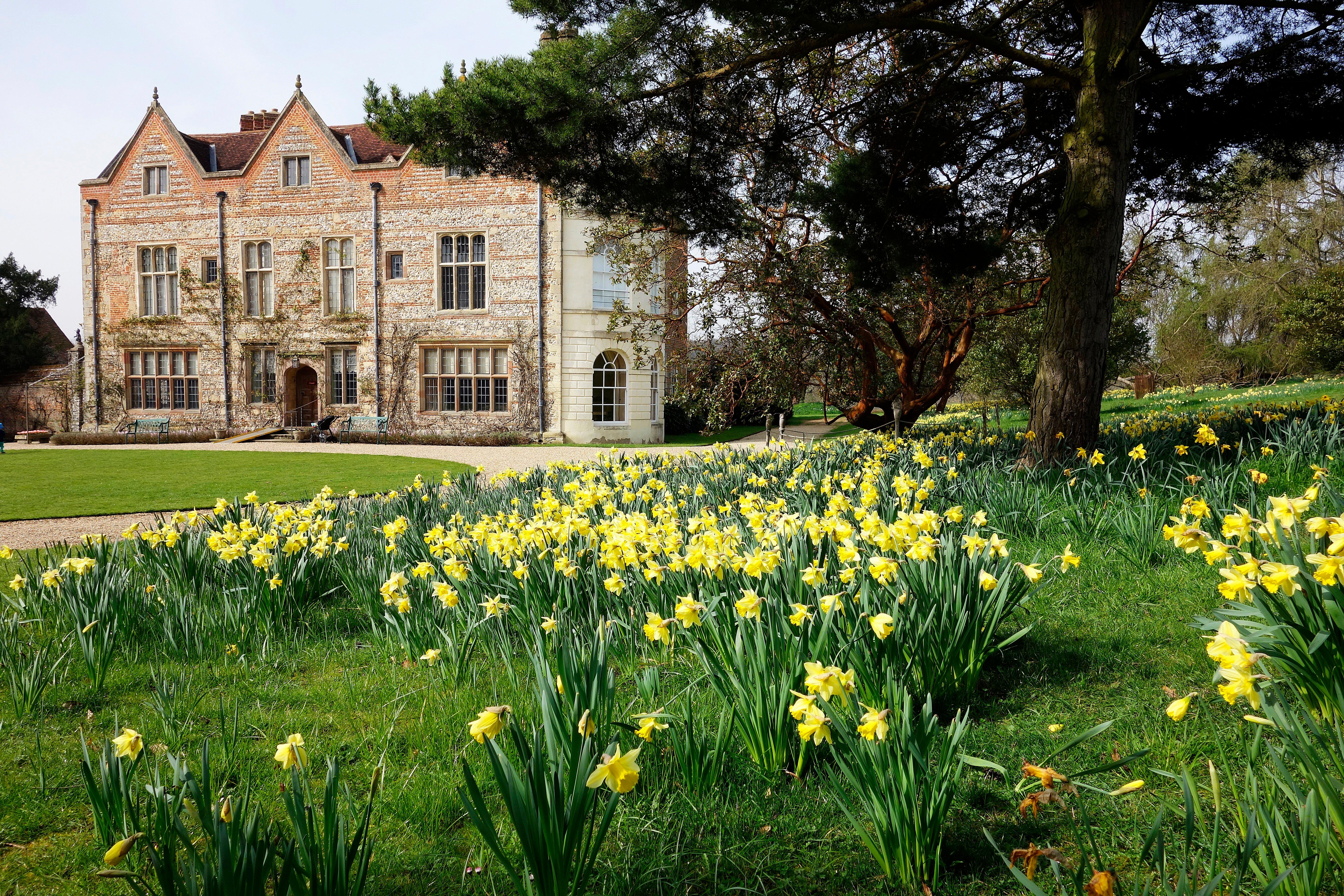
Credit: Alamy
The best daffodils and narcissi to grow your garden, whether in pots, grass or borders
With more than 26,000 to choose from, it can be agonising deciding which narcissus to grow. Charles Quest-Ritson asks daffodil

Credit: Getty Images/EyeEm
Curious Questions: Who first discovered that washing your hands stops the spread of disease?
Washing your hands regularly is the single biggest thing you can do to help stop the spread of coronavirus. In
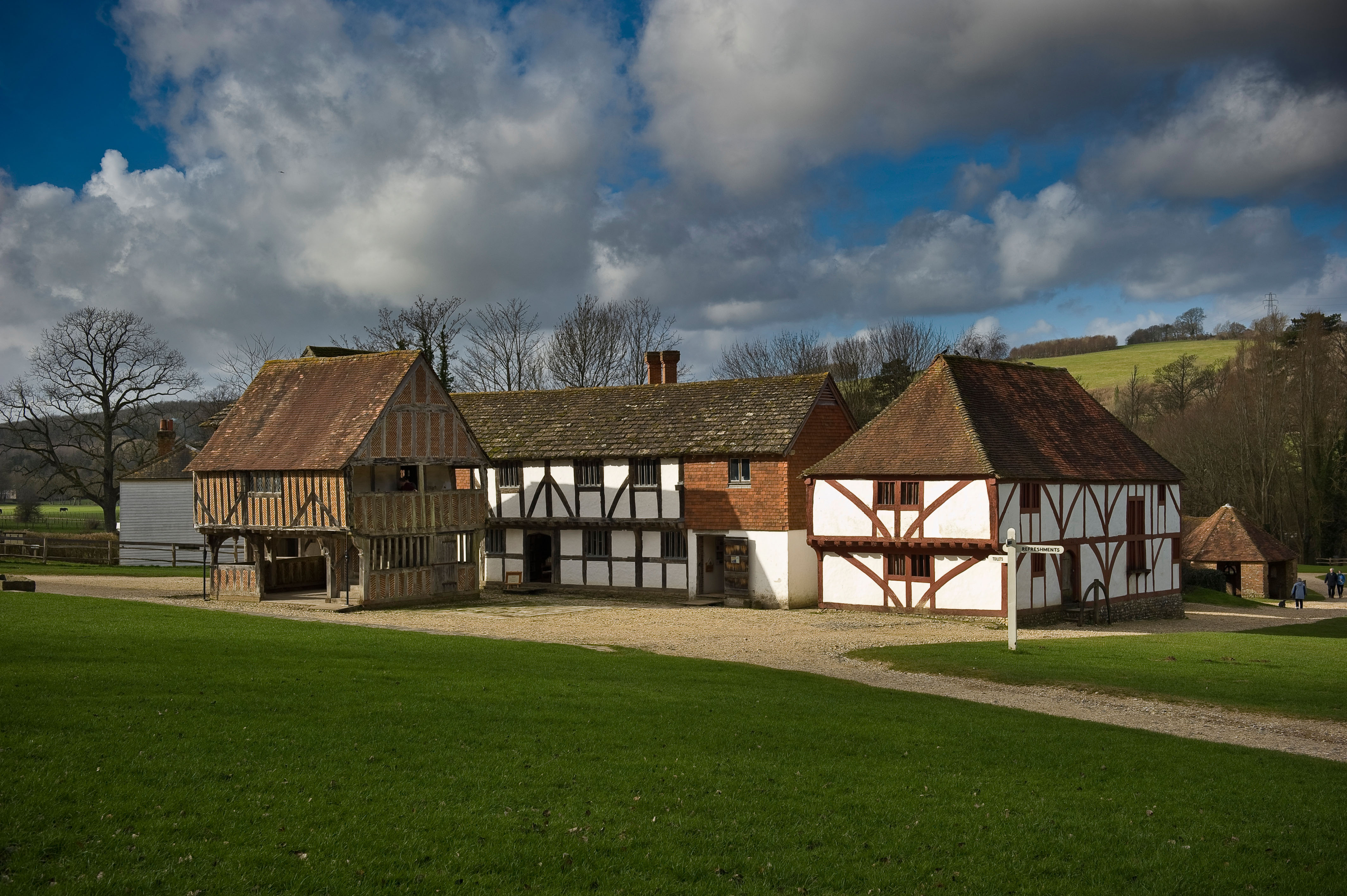
Things to do: Music in the gardens, the buildings of the Weald & Downland and a circus at the cathedral
Keep your diary up-to-date with our selection of unmissable events and things to do in the next few weeks.
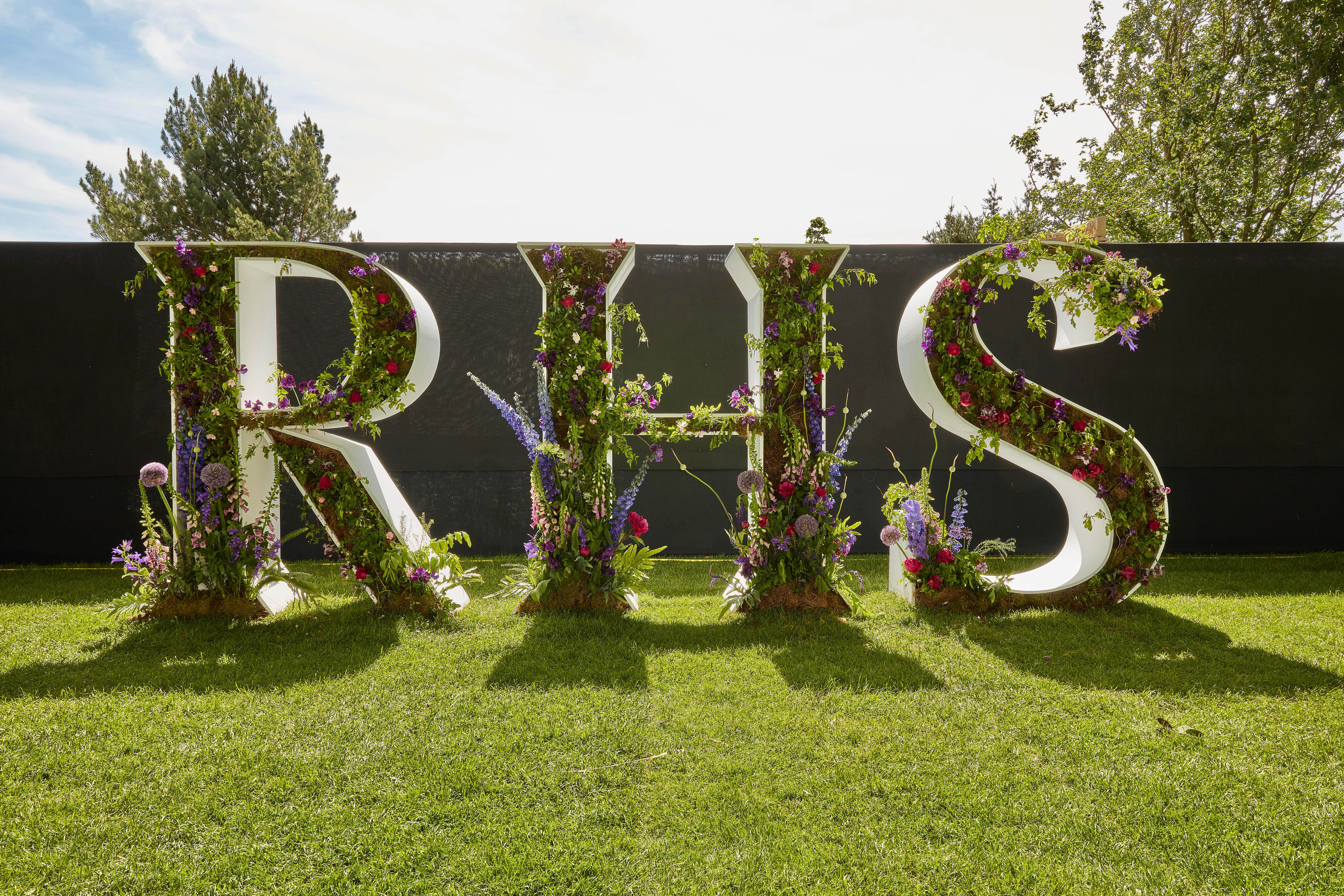
2020 RHS Chelsea Flower Show latest event to be cancelled over Covid-19 fears
The Royal Horticultural Society has taken the decision to cancel the 2020 Chelsea Flower Show.

Credit: Country Life
A message from Country Life's Editor
The Country Life team is busy working from kitchen tables, sofas and makeshift desks in bedrooms around Britain to keep
Country Life is unlike any other magazine: the only glossy weekly on the newsstand and the only magazine that has been guest-edited by His Majesty The King not once, but twice. It is a celebration of modern rural life and all its diverse joys and pleasures — that was first published in Queen Victoria's Diamond Jubilee year. Our eclectic mixture of witty and informative content — from the most up-to-date property news and commentary and a coveted glimpse inside some of the UK's best houses and gardens, to gardening, the arts and interior design, written by experts in their field — still cannot be found in print or online, anywhere else.
